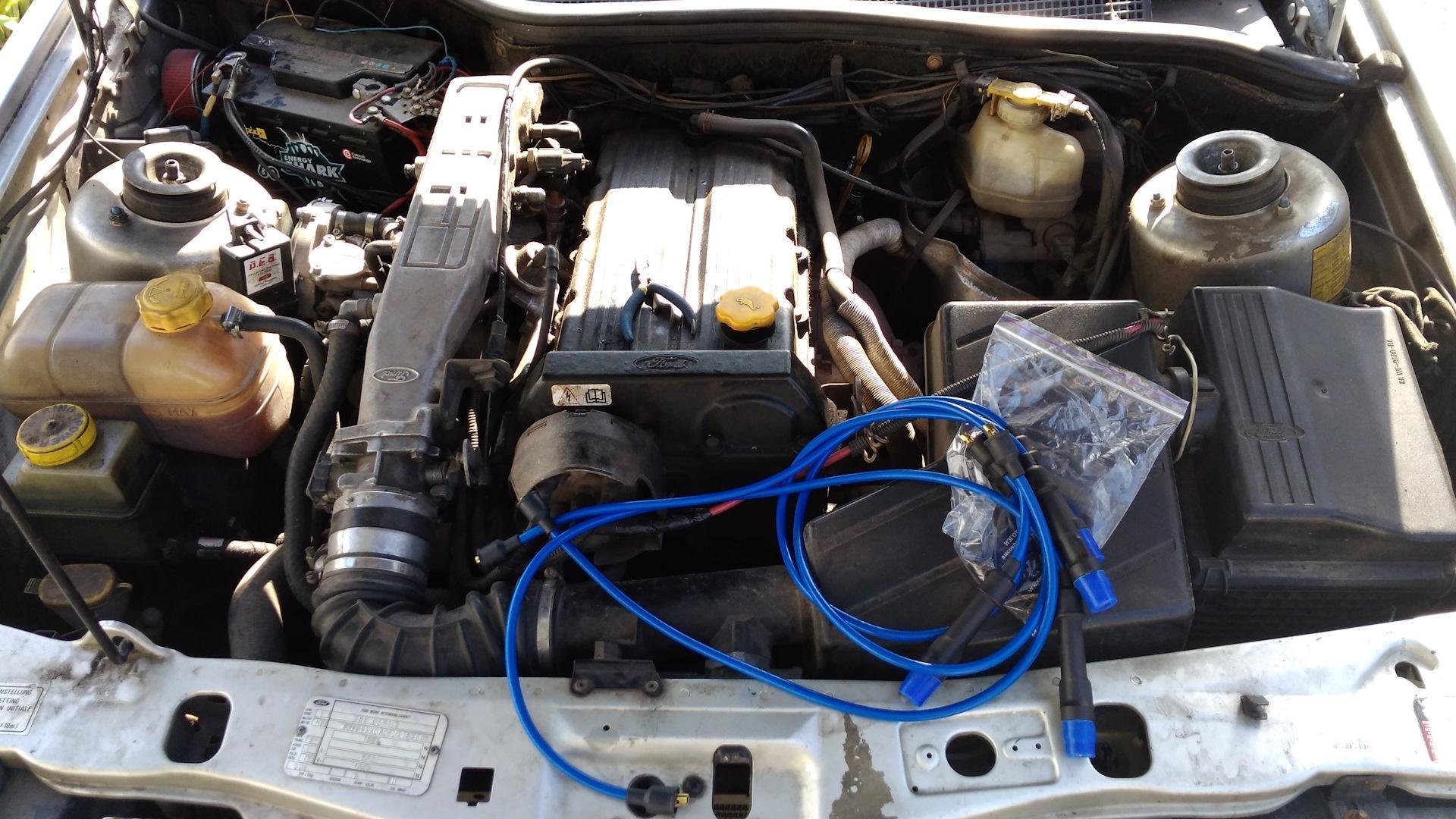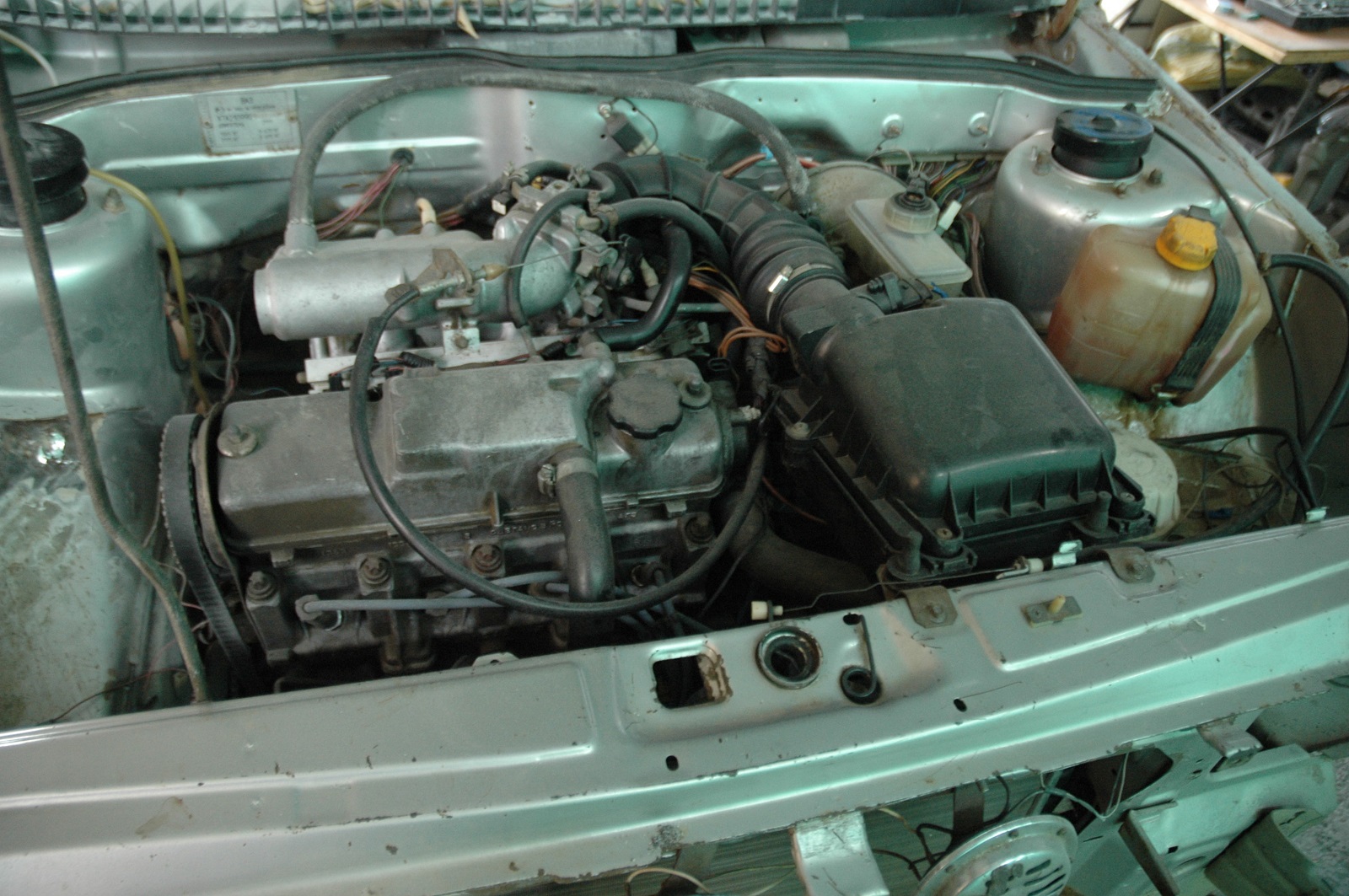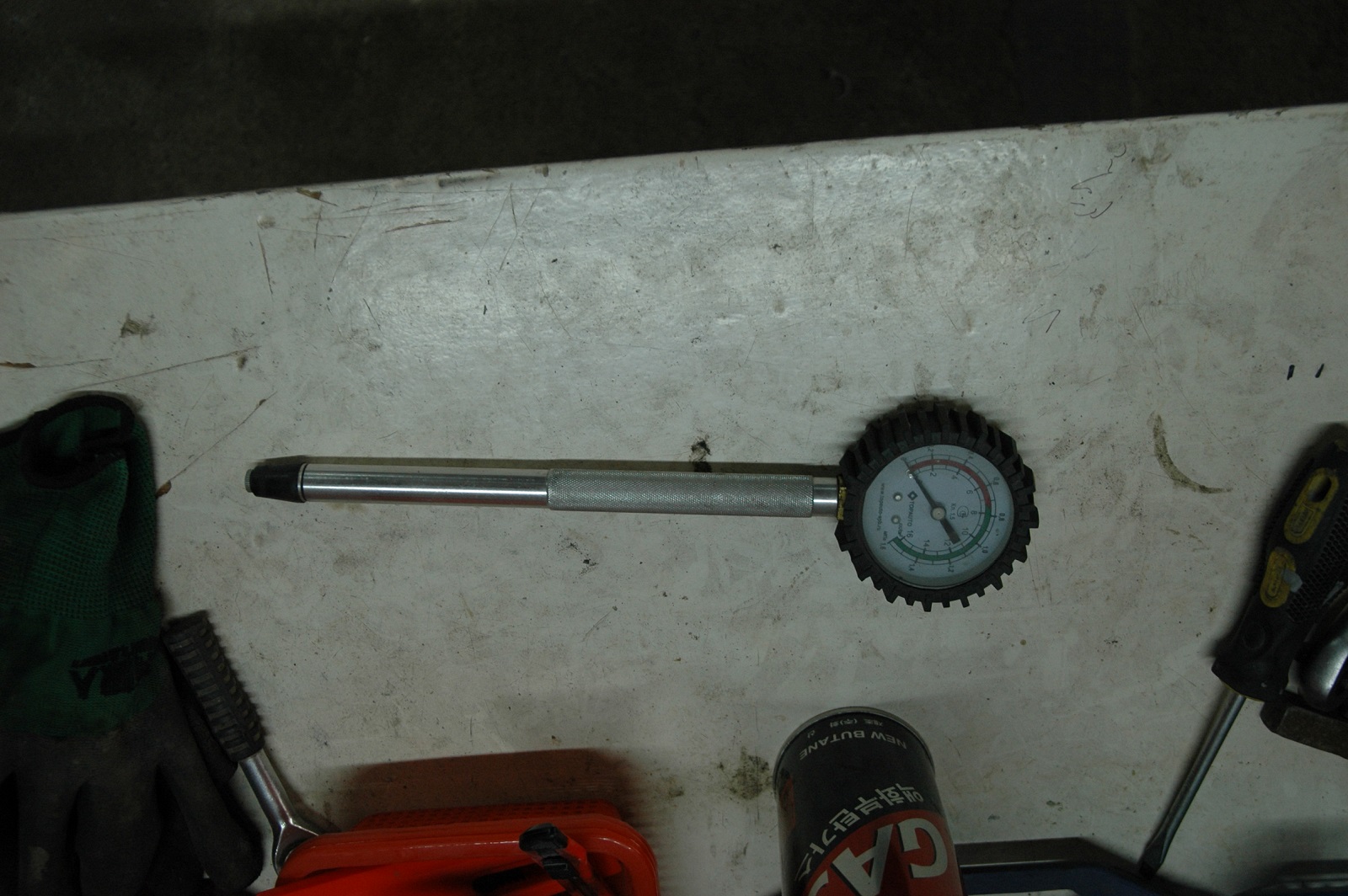
Why the car twitches, troit and stalls - the most common causes
Content
If the car twitches, troit and stalls due to any actions of the driver or for no apparent reason at all, then one of the cylinders is always the source of the problem.
Owners of old, and often new cars, at least once met with the unstable operation of the power unit, which experienced drivers say “troit engine”. The reason why the car troit and stalls is always related to the technical condition of the motor or its systems. Therefore, the unstable jerky operation of the engine is a serious reason for a deep check of the "heart" of the car.

If the engine is troit, then something inside it is faulty or not configured.
What does the term "troit" mean?
Four-stroke internal combustion engines are installed on cars and trucks, the design and operation of which, as well as the most common malfunctions and their causes, we talked about in these articles:
- The car stalls at idle.
- The car starts and immediately stalls when cold - what could be the reasons.
- Goes hot.
The term "troit" appeared in the era of four-cylinder engines, when there were no power units with six or more cylinders. And it meant that one of the cylinders stopped working, only three are functioning. As a result, the sound that the engine emits changes: instead of an even rumbling, some kind of dissonance appears.
In addition, the power of the power unit and the stability of its operation drop sharply, and fuel consumption, on the contrary, increases markedly. Often, such a power unit stalls when operating in various modes, including when the driver smoothly or sharply presses the gas pedal. Another manifestation of this defect is a strong vibration with a ragged rhythm.
No matter what mileage and what condition the internal combustion engine is in, this problem can still occur.
Remember, if the car twitches, troits and stalls due to any actions of the driver or for no apparent reason at all, then the source of the problem is always one of the cylinders that does not work normally. To make sure that the engine is functioning intermittently, as well as to find a defective cylinder, do the following:
- On gasoline engines, alternately remove the tips of the armored wires with a candle. If, after removing the wire, the engine began to work worse, then this cylinder is working, but if the work has not changed, then a defective cylinder has been found.
- On diesel power units, unscrew the glow plugs by first removing the common wire from them and laying it on a dielectric surface. When you find a defective cylinder, the motor will react in no way or very slightly to the unscrewing of the candle.

The tripping of the motor is always accompanied by a vibration that can be felt with your hands or even seen.
Why is the engine troit
To understand why the machine troit and stalls, it is necessary to consider what parts or systems can affect the operation of only one cylinder. The problem is that most often there are several reasons for this behavior. For example, a clogged air filter reduces the air supply, but there is enough air for most combustion chambers, but one of them either creates less compression or has problems igniting the mixture. However, the main reasons why the car starts, troit and stalls are the following problems of one of the cylinders:
- low compression;
- faulty armored wire;
- faulty spark plug;
- distributor malfunction;
- malfunction of one of the ignition coils or one of the contacts;
- One of the injectors is faulty.
Low compression
All combustion chambers of one power unit are made of the same materials: the compression drop occurs at the same rate. Even when the piston rings sink, the difference in pressure created does not exceed 1–2 atm and cannot cause the machine to twitch and stall. After all, for this, the compression drop should be much greater. With a compression of 6 atm for gasoline and 20 for diesel power units, the engine is bad, but it works, but a further decrease leads to a stop. Therefore, the lower limit of compression is a value of 5 atm for a gasoline and 18 for a diesel power unit.

Engine compression gauge
The most common causes of this pressure drop are:
- breakdown of the cylinder head gasket (cylinder head);
- valve burnout;
- piston burnout.
Remember: only a breakdown of the cylinder head gasket occurs without the appearance of preliminary symptoms and in a very short period of time (several minutes), while the rest of the malfunctions develop gradually. In addition, all these defects are the result of improper operation or poor technical condition of the motor. Misuse may include:
- driving on bad gasoline;
- long work in overheating mode;
- frequent use of the motor under maximum load.
Take care of your vehicle and use it carefully, this will protect the engine from a severe drop in compression in one of the cylinders. The technical malfunction of the power unit includes:
- incorrect ignition timing (UOZ);
- long driving on a rich or lean mixture (dirty air filter, etc.);
- insufficient level of antifreeze.
To avoid situations where the machine sometimes troits and stalls due to these defects, carry out engine diagnostics twice a year or more often. Moreover, the older the vehicle, the shorter the intervals between checks should be.

This tool is used to measure engine compression.
Faulty armored wire
Most often, a malfunction of the armored wire, due to which the car troit, stalls and starts poorly, is poor contact with the spark plug or ignition coil terminal. You can try to open the contacts from the side of the coil, because the armored wire is inserted into it and vice versa, squeeze the tip from the side of the candle, because it is put on this part. If you do not know how to make such a repair or if it does not work, replace it. To do this, rearrange the adjacent armored wires in places, then remove the replaceable wire. Further deterioration of the engine will confirm the malfunction of the armored wire, but if the engine does not change, then look for another reason.
Defective spark plug
If the replacement of the armored wire did not work, because the car troit and stalls, unscrew and inspect the candle. Any of its defects can be the result of both a factory defect and a technical malfunction of the power unit, for example, poor operation of one of the nozzles. To determine the cause, install a new spark plug and check its condition after a few hundred miles. If it is clean and not burned, then the problem is a factory defect, however, black plaque or other defects confirm the poor technical condition of the engine.
Distributor malfunction
On carburetor engines, the distributor, together with the ignition distributor slider, distributes high-voltage power surges to the candles of each cylinder. If one of the contacts of the distributor is burnt or covered with dirt, then the spark power of the corresponding cylinder will be less, which often leads to the fact that the car troit and stalls when the gas pedal is pressed or in other modes. Sometimes damage to the contact is not noticeable during a visual inspection of the part: given its low cost, we recommend replacing it with a new one.

It looks like a carburetor engine distributor
Malfunction of one of the ignition coils or one of the contacts
Injection engines are equipped with several ignition coils, because this allows you to get rid of the archaic distributor and regulate the distribution of high-voltage pulses through the spark plugs using the electronic control unit (ECU) of the engine. If the machine twitches, the troit stalls due to a malfunction of one of the coils, then you can check them with a tester by switching it to the resistance change mode. For the primary winding, a resistance of 0,5-2 ohms is normal, for the secondary 5-10 kOhm, however, more accurate data should be sought in the technical documentation for your car.
If the resistance of any of the windings differs from that specified in the technical documentation, then the coil is faulty and must be replaced. Remember - if the resistance is much lower than the standard, it means that some turns of the winding are closed to each other, this poses a serious threat to the computer, because it can burn the key transistors. If the resistance of any winding is noticeably higher than the standard, then there is some kind of obstacle between the terminal and the wound wire, for example, an unsoldered contact. This does not pose a threat to the ECU, but the part still needs to be replaced.
One of the injectors is faulty
If, when the gas is pressed, the injection or diesel machine troit and stalls, then a faulty nozzle is a possible cause. Here are the most common defects of these parts:
- narrowing of the outlet due to resinous deposits;
- malfunction or incorrect valve adjustment;
- breakage or short circuit of the winding;
- damage to the piezoelectric element or its drive.
It is almost impossible to determine the malfunction of the nozzle at home, because this requires a special stand, so we recommend contacting a good fueler who has all the necessary equipment.

If one of the injectors is faulty, the motor will triple
What to do if the motor starts to troit
For most car owners who do not have a specialized technical education, the reason why the car stalls and stalls seems strange and incomprehensible. However, even a novice auto mechanic knows that this is only an external manifestation of engine defects. Therefore, at the first sign of tripling, carry out diagnostics, but if you do not know how to do this, or you do not have the required equipment, contact the nearest, and preferably a trusted car service. An experienced mechanic will determine the cause in 5-10 minutes, after which he will offer options for solving the problem.
Pay attention when tripping appears. If this happens with a cold engine, and after warming up, normal operation is restored, then there is a chance to get by with “little blood”, that is, a minor and inexpensive repair. The same situation occurs during unstable idling, it is often enough to adjust the motor and its systems, after which the tripling will disappear.
When a defect appears after warming up, that is, a hot power unit troit, a serious repair is indispensable. After all, in addition to the clamped valves, which slightly reduce compression after warming up, there are other reasons, the combined effect of which turns off one cylinder from the overall operation of the engine.
Conclusion
The reason why the car troit and stalls is always related to the technical condition of the engine and its additional systems (ignition and preparation of the air-fuel mixture). Therefore, the best protection against such malfunctions is the regular diagnostics of the power unit and the prompt elimination of even minor problems.

